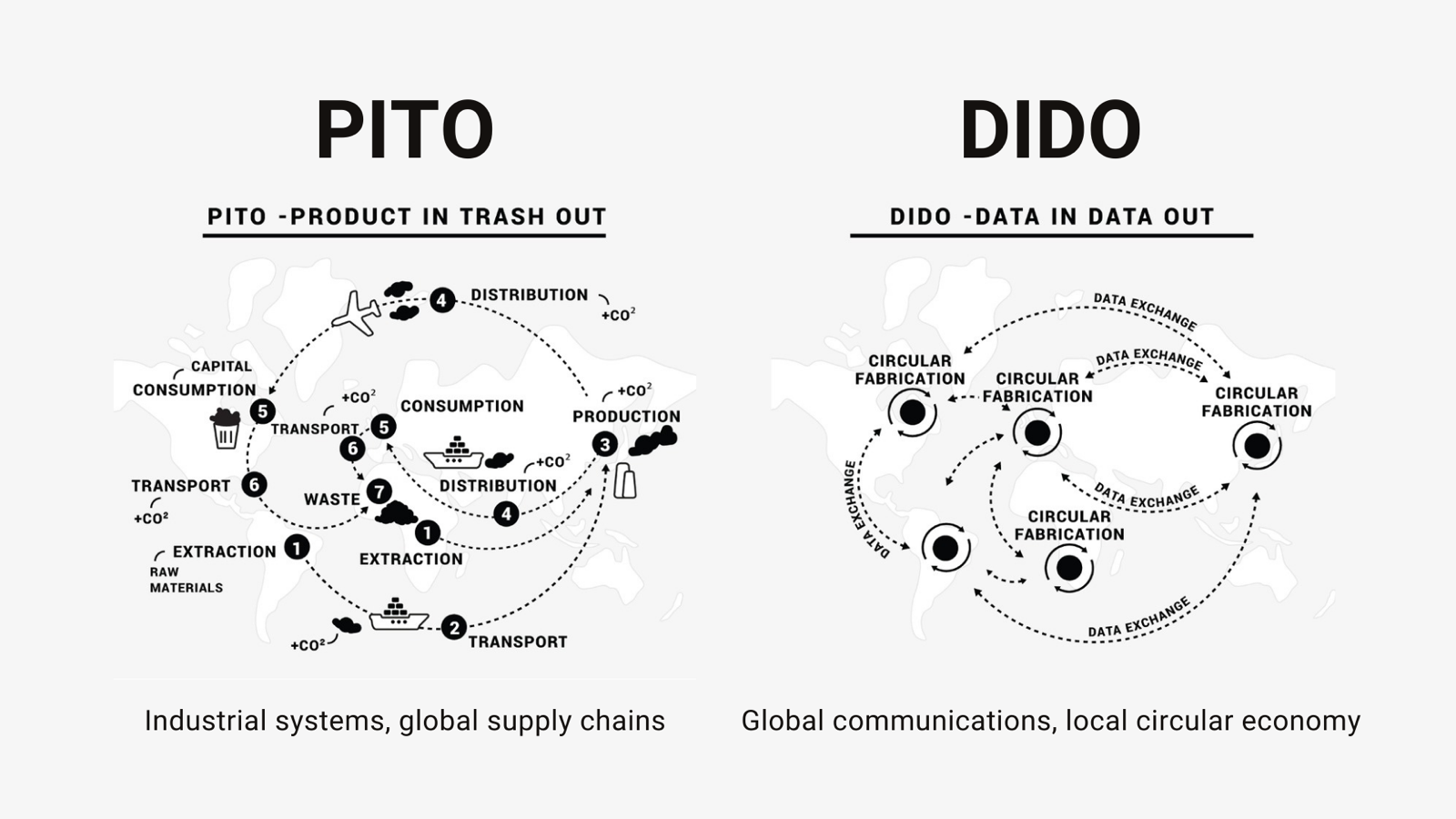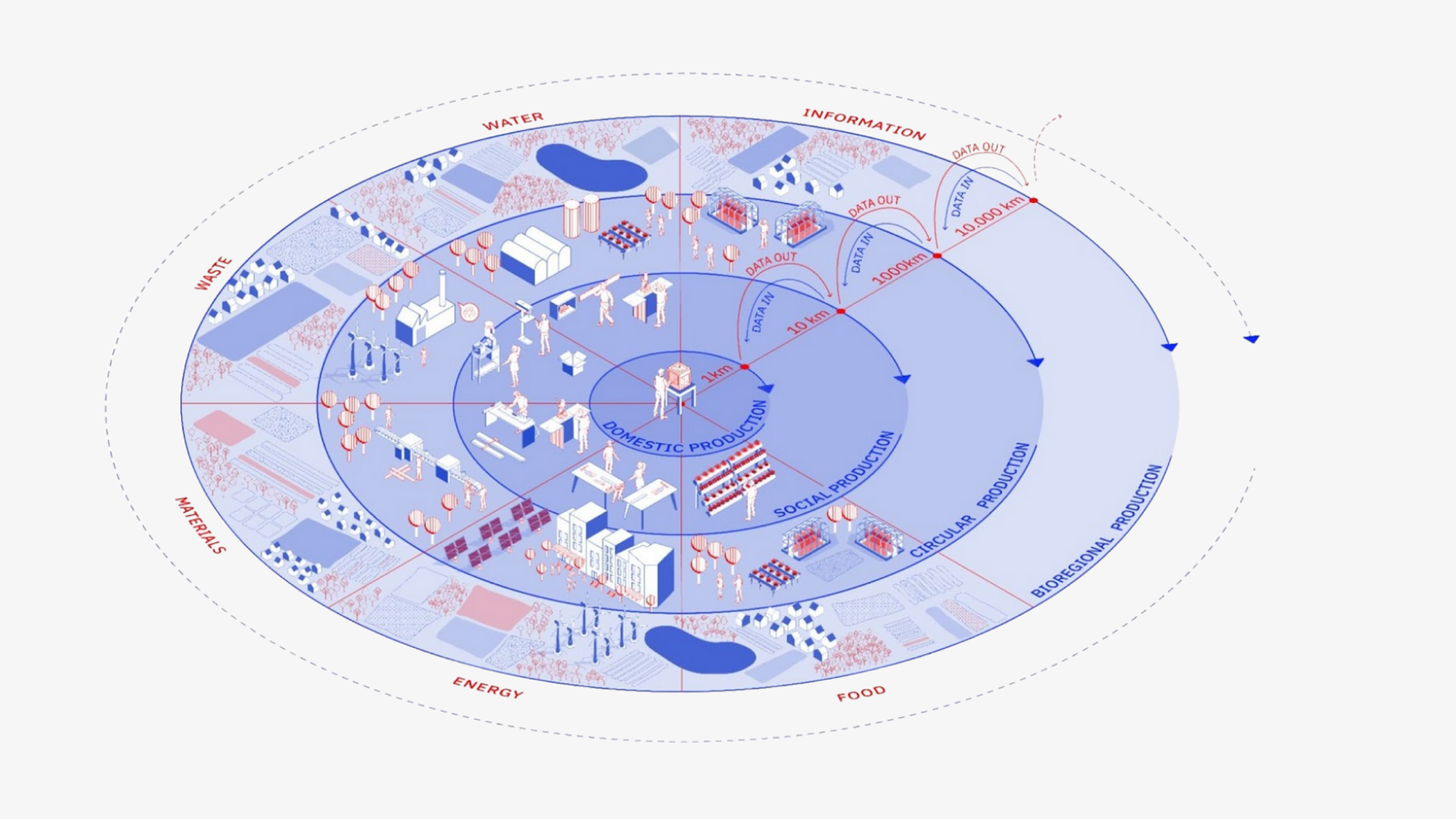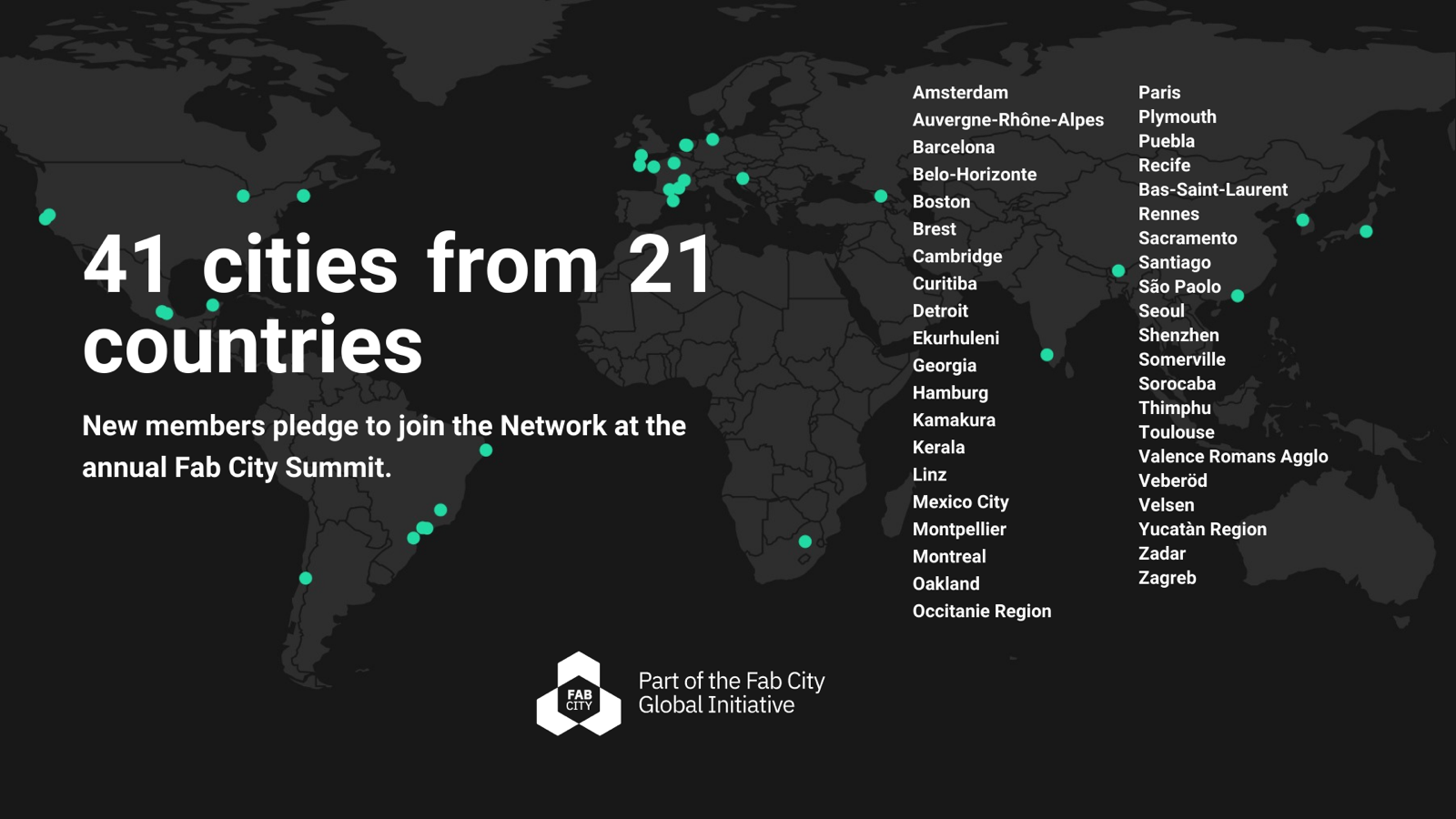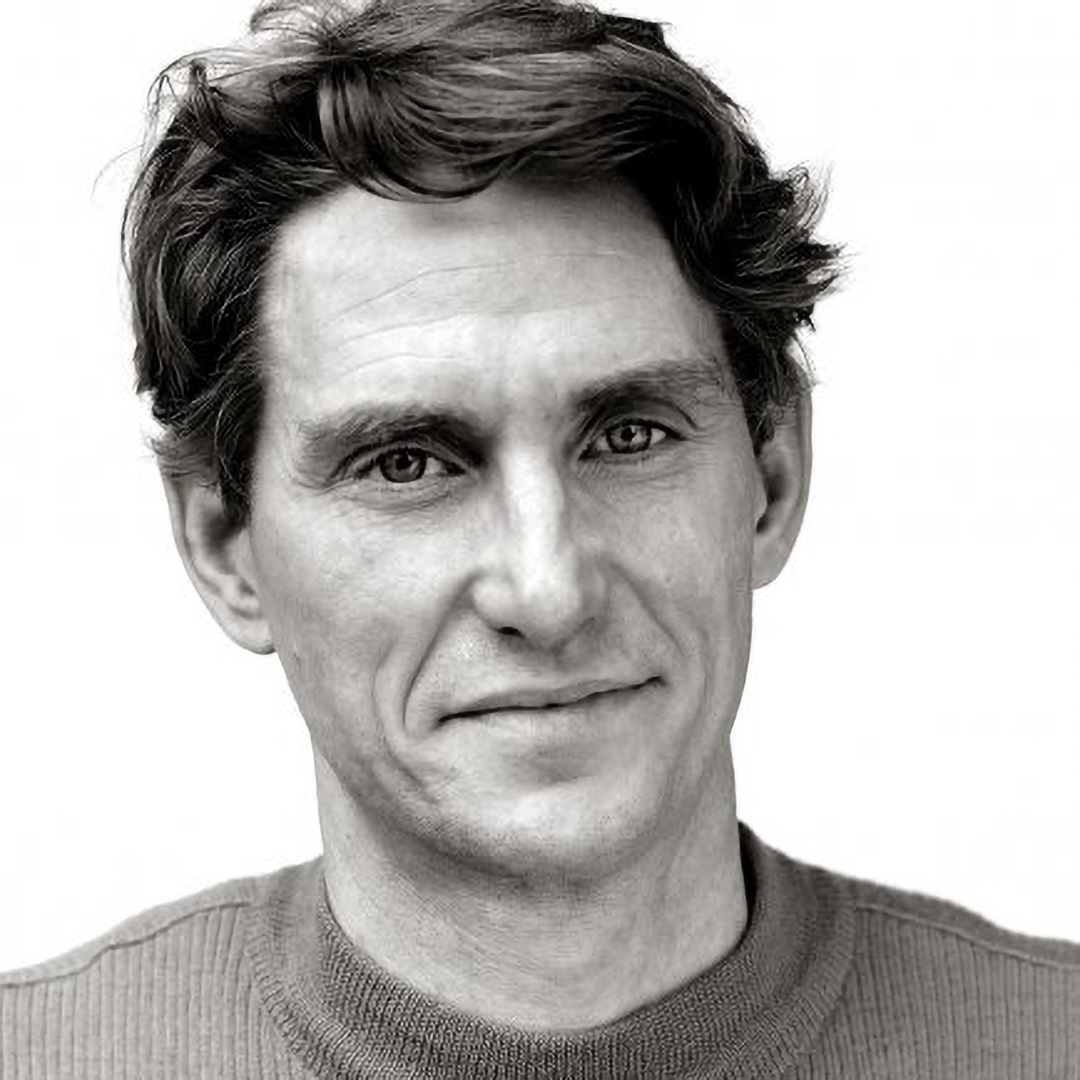The Fab City Global Initiative includes the Fab City Foundation, the Fab City Collective and the network of Fab Cities. Hamburg is part of this network!
A global movement
The Fab City Foundation is the legal home for the “Fab City Global Initiative”. The Fab City Collective, made up of very active members of the network, serves as an informal advisory board.
The core values of the Fab City Global Initiative are described in the Fab City Manifesto. In addition to environmental and social values, the manifesto also strongly emphasizes a bottom-up approach, i.e. a participatory and people-centered structure. The Fab City Full Stack is another key component that shapes the Fab City movement. The Fab City Full Stack is a reference framework that helps cities and regions understand the challenge of being a Fab City, implement it in a multiscale and eco-systemic approach, and define their own strategic action plans.
Fab City builds on the ideals of the Fab Lab – connectivity, culture, and creativity – and scales them up to the city. A new urban model for the transformation and design of cities is emerging that changes the origin and usage of materials from “Products In Trash Out” (PITO) to “Data In Data Out” (DIDO).

Based on the “DIDO” approach, more production should occur within the city. This creates local circular flows of materials and encourages the identification of local needs through locally created incentives. Imports to and exports from a city are mainly limited to data (information, knowledge, design, code).

A federated network of Fab Cities
The Fab City Network is at the center of the Fab City Global Initiative. Fab Cities join the Fab City Global Initiative through an admissions process. Today’s network of Fab Cities consists of about 50 cities spread across the globe, with many concentrated in Europe. Each Fab City is an autonomous organization, but all face the challenge of transforming production to be local by 2054.

The Fab City Foundation organizes activities like round tables, working groups, workshops, the Fab City Summit, and more. These play an important role in connecting Fab Cities. They are, or should be, part of a federated network, meaning that each city can exchange information and data with every other city without a central node in between. This is where the “Fab City OS” comes in, which is being developed within the framework of INTERFACER.
The ecosystem of each Fab City
One of the primary goals of a Fab City is to support the adoption of design and manufacturing on a widespread basis, empowering citizens to create change, mitigate climate change, and increase the social impact of digital technologies.
Each Fab City has its own local network, which we refer to as an ecosystem. The term “ecosystem” comes from biology (habitat of certain communities) and is now increasingly used in other contexts, like the economy (“business ecosystem”), which is a dynamic structure of diverse, loosely coupled, social and economic actors. These form a network and interact through common technologies, languages, and institutions.
The Fab Cities ecosystem is composed of member organizations and individuals, which we call “Communities of Practice”. The purpose of the ecosystem is to coordinate the activities of these communities and to enable the exchange of knowledge and data at this level. This takes place on different levels (digital platforms, events, membership meetings, etc.). The organizations are independent, have their own internal structures, and their own networks.
To become a member city or region of the Fab City Network, potential new members are required to establish a consortium including a non-governmental organization and a Fab Lab. In an official statement, the city commits to cooperating with the partners of the consortium in order to pursue the defined goals.
The communities of practice on which ecosystems are based
The communities of practice are primarily organizations with different competencies and focuses, interested in topics like circular economy, digital manufacturing, local production, regenerative urban development, etc. What distinguishes Fab Cities is the presence of laboratories (‘labs’): Bio-Labs, Fab-Labs, Hack-Labs, or other labs, and groups that have organized themselves, for example, as a locally-driven civil society organization.
Many of them belong to local, national and international networks, like, on a national level, the German network of open workshops or the international FabLab Initiative.
Communities of Practice are defined as practice-based groups of individuals who share similar challenges and want to learn from each other. In turn, the members of the communities are primarily affiliated with their organizations, and there is no obligation for them to be involved with Fab City. The federated digital network is intended to enable members of the communities to organize themselves on a cross-city and a project-driven level as well.
